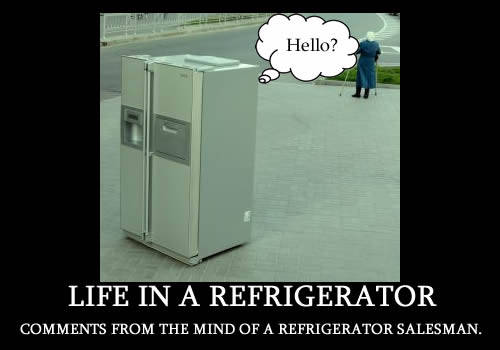 Today we're here to answer your questions on rust. Most think that stainless steel cannot rust. I'm here to tell you that it most certainly can. It is after all steel. Steel is made of carbon. Carbon + water = oxidation or rust. To keep steel from rusting, different metals are added to the steel to keep it nice and shiny. The most popular types in food service are 304 and 430 (Types are named and determined by the SEA - Society of Automotive Engineers). For type 304, they add (by weight) 18% Chromium and 8% Nickel. This is your basic 18/8 type configuration - very popular. Type 430 steel is a chromium alloy with very little or no nickel. It is cheaper to make and less resistant to corrosion. Yet under the right heat applications, it can be stronger than 304.
Today we're here to answer your questions on rust. Most think that stainless steel cannot rust. I'm here to tell you that it most certainly can. It is after all steel. Steel is made of carbon. Carbon + water = oxidation or rust. To keep steel from rusting, different metals are added to the steel to keep it nice and shiny. The most popular types in food service are 304 and 430 (Types are named and determined by the SEA - Society of Automotive Engineers). For type 304, they add (by weight) 18% Chromium and 8% Nickel. This is your basic 18/8 type configuration - very popular. Type 430 steel is a chromium alloy with very little or no nickel. It is cheaper to make and less resistant to corrosion. Yet under the right heat applications, it can be stronger than 304. What does all this mean?
1) Use type 304 in water applications, use 430 in most others.
2) Clean wisely - the chromium will only hold up to so much. If you're using harsh chemicals or ammonium on your stainless steel wash it down with hot water and a very mild cleaner or use a standard stainless steel cleaner after every use to keep you steel from corroding.
3) Type does not determine strength, it determines corrosion resistance.
Until next time...
Stay Chill!

